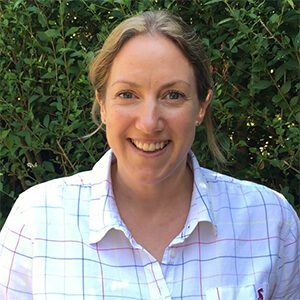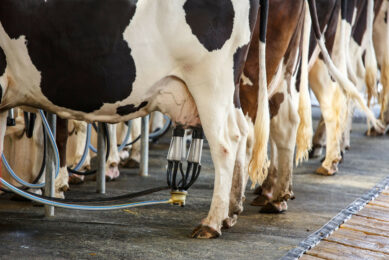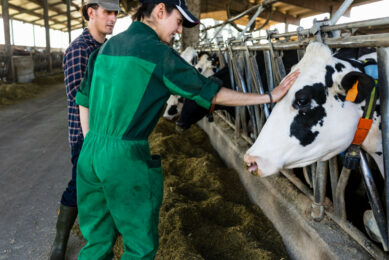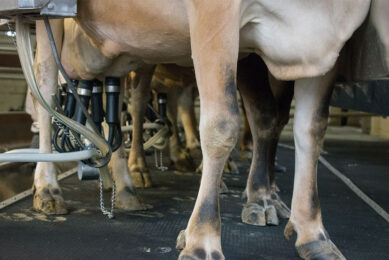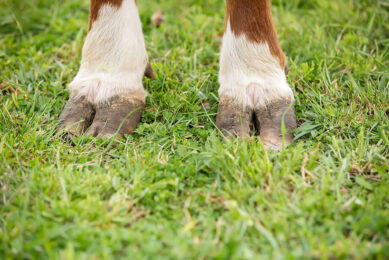Cow lameness and hoof care: New ideas and changes explored
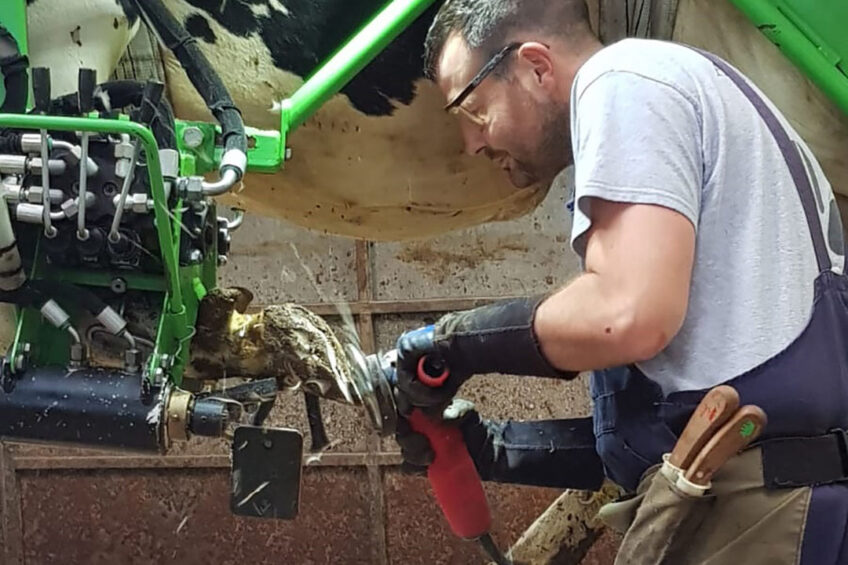
This year has seen the cancellation of many of the exciting conferences and congresses that had been planned around the world.
The social and networking aspects have been missed, but so has the opportunity to share new ideas, research results and the latest thinking in lameness and foot trimming.
It will be some time yet before we can meet face-to-face and so the boom in virtual meetings and conferences looks set to continue, and despite the absence of the ability to meet at the bar over a beer, these have provided a great platform to keep up to date with what’s going on.

When it comes to lameness and foot trimming, in the UK there certainly is an awful lot currently on the horizon and this was addressed in the recent ‘Week of Webinars’ run by AHDB (the UK levy board) and the Cattle Hoof Care Standards Board (CHCSB). Originally planned for a 1-day face-to-face meeting in June, the agenda was spread out over 4 days with the opportunity for anyone with an interest in lameness or foot trimming to dial in from the comfort of their own home, tractor or even from their trimming crush!
‘Claw Coin’ system
The week started with a presentation from Frida Akerstrom from Sweden discussing hoof lesion recording and the ‘Claw Coin’ system that funds foot trimming and how this has benefitted the Swedish dairy herd. The advantages of centralising foot trimming records for the monitoring of lameness has long been recognised in the UK, however there are a number of challenges to overcome. With the soon-to-be launched Animal Health and Welfare Pathway for England, could we see a system such as ‘Claw Coin’ being incorporated?
 Hoof health: 5 Prevention and control strategies
Hoof health: 5 Prevention and control strategies
Hoof health problems are major issues in dairy cattle that can cause tremendous economic losses.
Foot trimmers as paraprofessionals
Another big change that may influence how foot trimming is undertaken in the UK is the forthcoming consultation on the review of the Veterinary Surgeons Act (VSA). Whilst foot trimmers are able to undertake maintenance trimming, currently under UK law, anything beyond this is considered an act of veterinary surgery. The potential to bring foot trimmers in as recognised paraprofessionals under the VSA is widely seen as a positive step forward and the second webinar of the week explored how this may work in a little more detail. The Royal College of Veterinary Surgeons (RCVS), British Veterinary Association (BVA) and British Cattle Veterinary Association (BCVA) all provided their insights on how this may be set out and with a strong consensus that this created a number of opportunities to move the profession forward and ensure that the foot trimmer is firmly incorporated into the veterinary team.
Other discussion points
A highlight of the week was international speaker Evgenij Telezhenko from the Swedish University of Agricultural Science. An ever-popular and engaging speaker, even in the virtual setting he did not disappoint. Presenting some of his fascinating work on the interactions between flooring surfaces and pressures in the hoof his presentation proved very thought-provoking. Should we be changing the way we approach trimming based on the environment the cow is managed in? As always, the next instalment of Evgenij’s research is eagerly awaited.
 How to keep cow hooves healthy
How to keep cow hooves healthy
Hoof health is important in all stages. When it comes to rearing youngstock it’s important to consider healthy hooves as the foundation for healthy animals.
The week finished with the ever-popular panel discussion and despite the challenges of having a panel spread over a few countries, it still raised plenty of questions and points for discussion. Following an introduction from the Chair of the UK’s Dairy Cattle Mobility Steering Group about the work the group is involved with in its objective of driving lameness down, the virtual floor was opened for questions. The discussion covered a huge range of areas from standardising lesion recording to the importance of following the evidence base and how important it is to keep striving towards answering some of the outstanding questions.
Even without the ability to digest the week over a post-meeting beer, it was clear that the week had driven many positive discussions and it ended with a real buzz. Now is the time to capture this enthusiasm and motivation for change and to see it implemented for the benefit of the industry.


